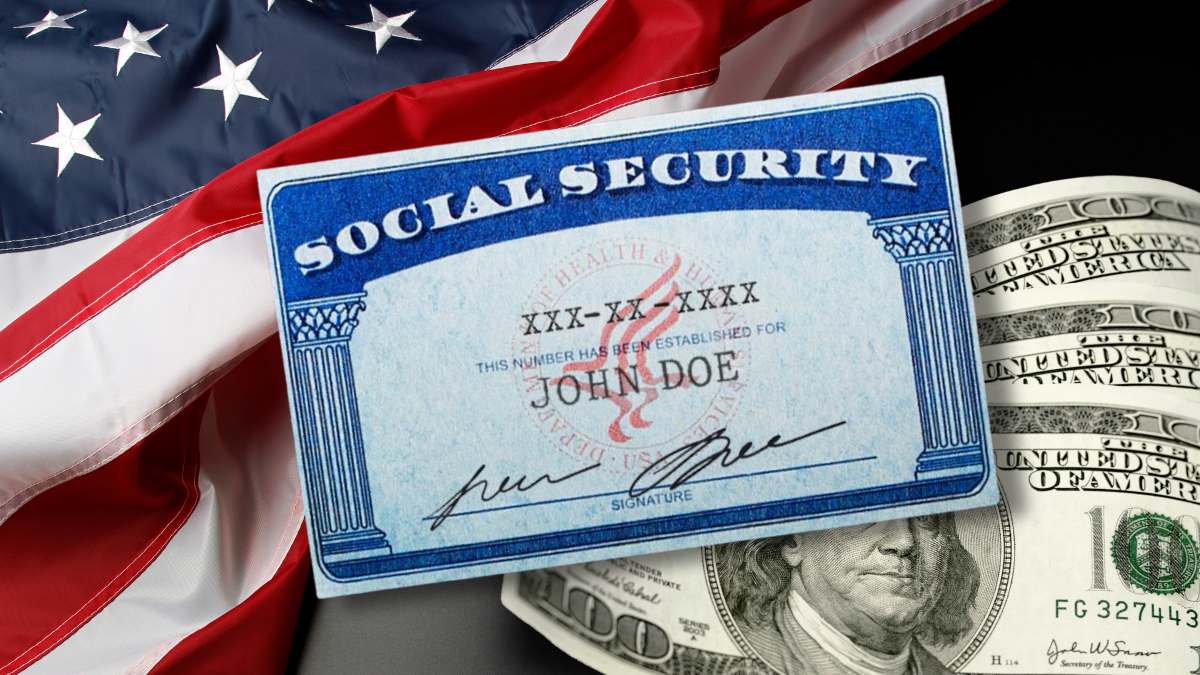The Social Security Administration (SSA) continues to support disabled workers across the U.S. through monthly SSDI payments. These payments help people who can’t work due to a long-term or serious disability. Let’s understand who received payments this May, how much money you can expect, and what rules apply for getting these benefits.
Who Got SSDI Payments in May 2025?
The SSA follows a schedule based on birthdates to send monthly SSDI payments. For May 2025:
People with birthdays between 11th and 20th of any month received their money on May 21st, which was the second Wednesday of the month.
Earlier, on May 14th, people with birthdays from 1st to 10th received their payments.
But not everyone follows this schedule. Some exceptions apply:
- If you started receiving benefits before May 1997, or
- If you receive both SSDI and SSI (Supplemental Security Income),
then your payment was sent on May 2nd instead of the 3rd, because the 3rd was a weekend and SSA does not pay on weekends.
How Much Money Can You Get from SSDI in 2025?
SSDI payments are not the same for everyone. They depend on your work history and how much you earned in the past.
In 2025, these are the confirmed payment amounts:
- Minimum monthly SSDI: $967
- Average monthly SSDI: $1,976
- Maximum monthly SSDI: $4,018
These amounts include the 2.5% Cost-of-Living Adjustment (COLA) added in January 2025. This increase helps people keep up with rising prices of daily goods and services.
Remember, not everyone will get the maximum amount. It depends on your job history, income, and Social Security contributions.

Who Can Get SSDI Benefits?
SSDI is not available to everyone. You must meet some strict rules:
- You need 40 work credits, with at least 20 earned in the last 10 years before you became disabled.
- Younger people might need fewer credits based on their age.
- The disability should stop you from doing meaningful work (called substantial gainful activity).
- The condition must last at least one year or be expected to lead to death.
- You must go through medical checks to prove your disability.
These rules help ensure that SSDI goes to those who truly need it.
Can You Get Both SSDI and SSI?
Yes, if your SSDI amount is low, you may qualify for Supplemental Security Income (SSI) too. This is helpful for people with very low income and few resources.
In 2025:
- Maximum SSI for an individual: $943 per month
- Maximum SSI for a couple: $1,450 per month
If your SSDI is below these amounts, you may get extra money through SSI. People who get both payments usually receive:
- SSI on the 1st of the month
- SSDI on the 3rd of the month
SSA automatically adjusts your total payment to make sure there are no errors or overpayments.
SSDI is an important support system for millions of Americans who can no longer work due to disabilities. The payment schedule in May 2025 followed the usual pattern, and the updated benefit amounts reflect this year’s cost-of-living changes.
If you think you qualify for SSDI or both SSDI and SSI, it’s worth learning about the eligibility rules and applying through the SSA. These programs aim to provide steady financial support during tough times.











Leave a Reply